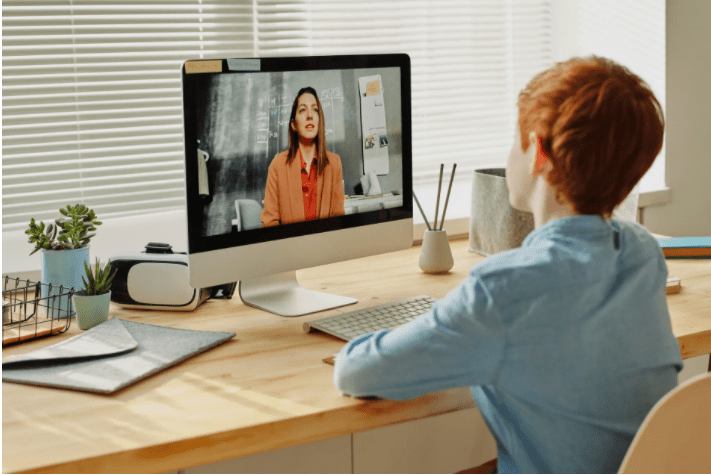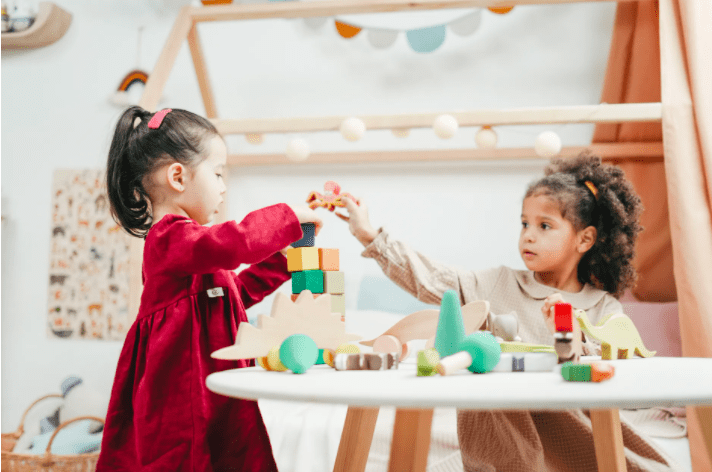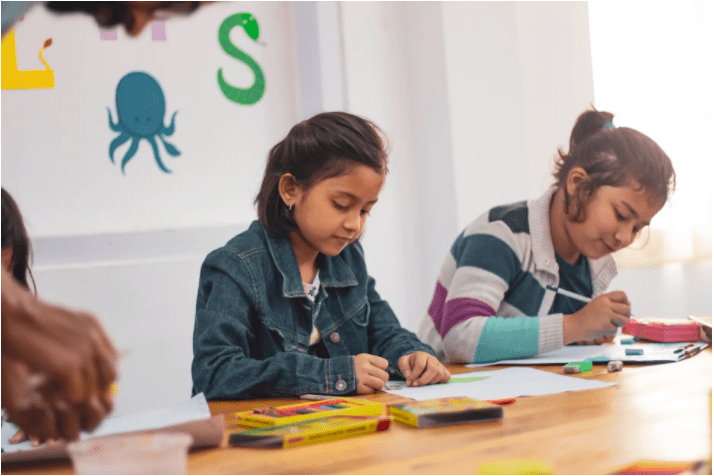Parents are in a very tough quandary these days when it comes to whether or not to send our kids to school this fall. For some, there’s no choice – they have to work and have no childcare options. For others, they’re not being given a choice by the school district (whether it’s no offer of online school or no offer of in person school).
For many more parents, they have a choice – and in some ways, that might be worse, because it means you can make the wrong one. When living in a world like our current one, the wrong decision could be disastrous, or even fatal, so it’s important to have all possible information ahead of time.

Image Credit: Pexels
Which is why it’s crucial to look at environments where kids have been in close proximity this entire time. There are daycares that have remained open through the entire lockdown period, caring for the children of essential workers and first responders, who had no choice to stay home and “bond” with their kiddos.
The YMCA is one of the most prominent spots that remained open to offer emergency care, and looked after around 400,000 kids between 1 and 14 between March and May of 2020. They ran 1100 separate sites, working closely with state and local governments to figure out how to make it work on short notice and with ever-changing guidelines.
They’ve had a small number of parents and staff test positive around the country, but no site had an outbreak.
Brown University economist Emily Oster found that, out of 916 child care centers serving more than 20,000 children, just over 1% of staff and 0.16% of children had confirmed infections.

Image Credit: Pexels
Elliot Haspel, an education policy expert and child care advocate, made the following comment:
“There are almost no recorded cases of child-to-adult transmission of COVID-19. It’s not zero risk, but we’re acting with a March 2020 understanding of COVID-19 and kids, and not with a June 2020 understanding of COVID-19 and kids.”
What did the Y and other sites do to minimize risks even further?
One of the main precautions was placing students into “pods” of no more than 9 children and 1 adult. It required using spaces like basketball courts or boardrooms that wouldn’t normally have been used as learning spaces, but it worked, and they kept everyone separate.
Pods didn’t mix with each other, but within a pod, children were generally not required to social distance or wear masks. Every child did receive a temperature check and symptom screen each morning before entering their pod, and staff members who performed those duties wore masks, gloves, and gowns.

Image Credit: Pexels
Staff members worked on hand-washing techniques and time limits, as well, and students were sent to wash their hands after completing every activity.
“We were teaching them not just ‘rinse your hands’ but ‘scrub them.’
And instead of having to dread washing their hands, they were able to get excited and laugh and have fun while they were doing that.”
They also had kids employ “airplane arms” when standing in lines or moving from place to place, in order to keep distance, and no one shared materials like art supplies. That did get expensive, and the YMCA admitted that, even after extra financial aid from the state, they would not be able to maintain the new protocols long term.
Doctors, like Joshua Sharfstein of the Johns Hopkins School of Public Heath, says that we should learn from these experiences but can’t overgeneralize.
“These experiences illustrate that it’s possible to bring kids together without a guarantee of an outbreak or a serious situation developing.”
But he also reminds us that these experiences also don’t guarantee another school or daycare won’t have the opposite experience.
There is strong evidence that suggests children don’t transmit the coronavirus the way they do the flu, but since the majority of children have not been in close contact with other kids – or teachers and staff – since March, there’s not enough data to say for sure that everything is going to be fine.

Image Credit: Pexels
Parents who have options should consider them carefully, and go forward with whatever makes them most comfortable this fall.
If your kids do go to school, though, remember to support your administrators and teachers in their attempts to reduce and control as many risks as possible.
Everyone is just doing their best, after all.
The post This is What Parents Can Learn From Day Cares That Never Shut Down appeared first on UberFacts.